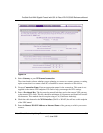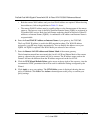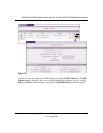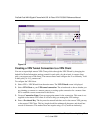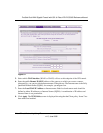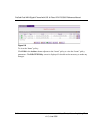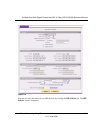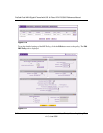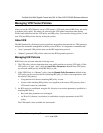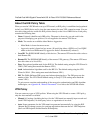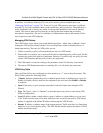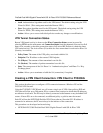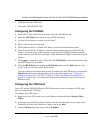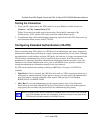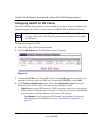
ProSafe Dual WAN Gigabit Firewall with SSL & IPsec VPN FVS336G Reference Manual
Virtual Private Networking Using IPsec 5-13
v1.2, June 2008
Managing VPN Tunnel Policies
After you use the VPN Wizard to set up a VPN tunnel, a VPN policy and an IKE policy are stored
in separate policy tables. The name you selected as the VPN tunnel connection name during
Wizard setup identifies both the VPN policy and IKE policy. You can edit existing policies, or add
new VPN and IKE policies directly in the policy tables.
About IKE
The IKE (Internet Key Exchange) protocol performs negotiations between the two VPN gateways,
and provides automatic management of the keys used in IPsec. It is important to remember that:
• “Auto” generated VPN policies must use the IKE negotiation protocol.
• “Manual” generated VPN policies cannot use the IKE negotiation protocol.
Managing IKE Policies
IKE Policies are activated when the following occur:
1. The VPN policy selector determines that some traffic matches an existing VPN policy. If the
VPN policy is of type “Auto”, then the Auto Policy Parameters defined in the VPN policy
are accessed which specify which IKE Policy to use.
2. If the VPN Policy is a “Manual” policy, then the Manual Policy Parameters defined in the
VPN policy are accessed and the first matching IKE policy is used to start negotiations with
the remote VPN gateway.
• If negotiations fail, the next matching IKE policy is used.
• If none of the matching IKE policies are acceptable to the remote VPN gateway, then a
VPN tunnel cannot be established.
3. An IKE session is established, using the SA (Security Association) parameters specified in a
matching IKE Policy:
• Keys and other parameters are exchanged.
• An IPsec SA (Security Association) is established, using the parameters in the VPN
policy.
The VPN tunnel is then available for data transfer.



